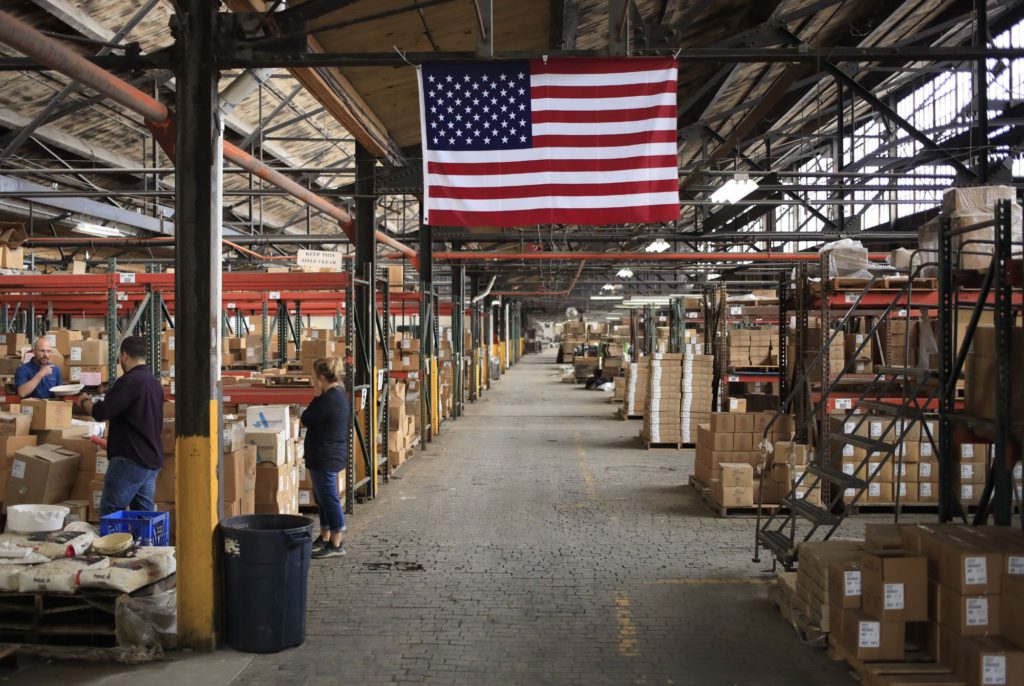(Bloomberg) — Orders placed with U.S. factories for business equipment unexpectedly stalled in July after four straight gains, marking a pause in a months-long buildup in capital investment.
The value of core capital goods orders, which exclude aircraft and military hardware and is seen as a barometer of business equipment investment, was little changed after an upwardly revised 1% increase a month earlier, Commerce Department figures showed Wednesday.
Bookings for durable goods — or items meant to last at least three years — decreased 0.1% from the prior month, reflecting a pullback in orders for commercial aircraft.
The median estimate in a Bloomberg survey of economists called for a 0.5% increase in core capital goods orders and a 0.3% drop in total durables.
Equipment spending has been a significant tailwind for growth since mid-2020. A snapback in consumer spending paired with still-lean inventories has bolstered demand for factory goods, though ongoing capacity constraints related to both materials and labor have hampered the pace of production.
Core capital goods shipments, a figure that will be used to calculate investment in the government’s third-quarter gross domestic product report, rose a larger-than-forecast 1% after a 0.6% gain.
An almost 49% drop in bookings of commercial aircraft in parts, following a 4.7% gain a month earlier and a 50.7% surge in May. Boeing Co. earlier reported 31 orders in July, a sharp deceleration from the 219 orders seen a month earlier. The government’s data aren’t always directly comparable on a month-to-month basis.
Orders Breakdown
Outside of the volatile commercial aircraft category, bookings were mixed. Orders for communications equipment and electrical equipment decreased, while demand picked up for motor vehicles, metals, machinery and computers.
Unfilled orders for manufactured durable goods and inventories both rose for a sixth month, highlighting the persistent bottlenecks and long lead times faced by manufacturers. The value of unfilled orders for motor vehicles increased to a fresh record.
Other U.S. manufacturing data out in recent weeks have largely disappointed expectations. The Institute for Supply Management’s gauge of factory activity eased for a second month in July, while a separate report from IHS Markit showed manufacturing activity reached a four-month low in August as output, factory employment and orders cooled.
(Adds graphic)
More stories like this are available on bloomberg.com
©2021 Bloomberg L.P.











